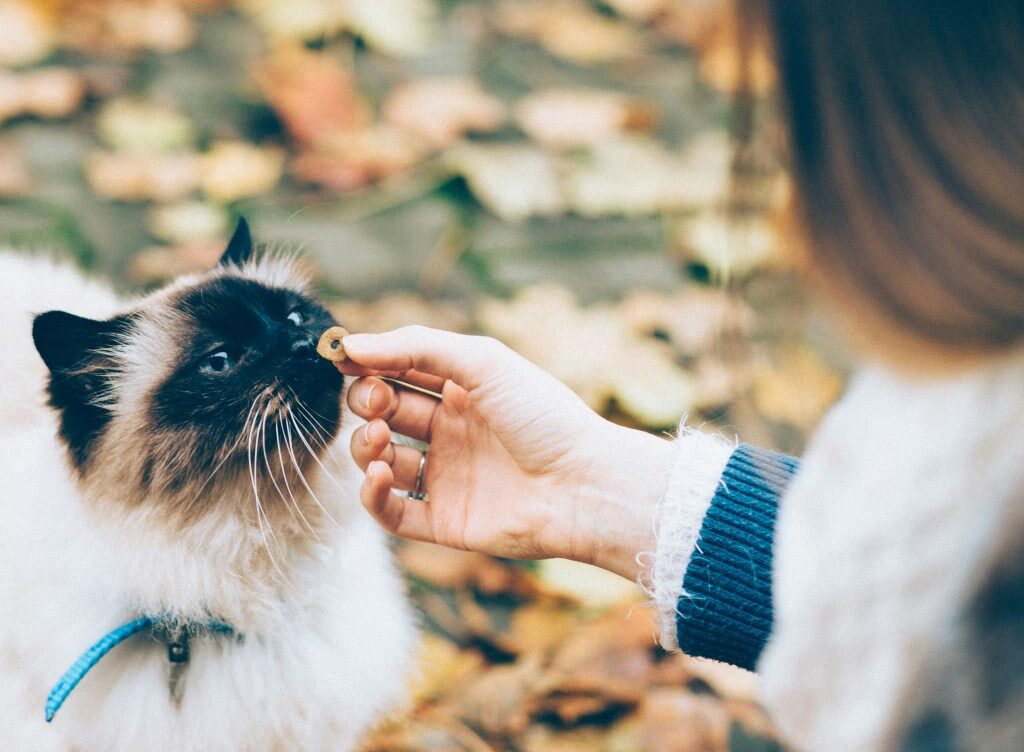
Why Cats Follow Their Owners: Unveiling Feline Behavior and Bonding
Understanding Why Cats Like Blue Follow Their Owners Everywhere
Seeking Attention
If you’ve ever noticed your cat, similar to Blue, shadowing your every move, it could be a clear sign they’re seeking your attention. Cats develop strong attachments to their owners. When separated for periods during work hours or travel, they might follow you persistently upon your return, trying to catch up on missed time. Engaging with them through petting or interactive games can satisfy their need for attention and strengthen your bond.
Experts suggest that providing consistent attention and care can help meet your cat’s social needs, preventing them from feeling neglected. Creating a welcoming and attentive environment can help mitigate excessive clinginess in pets.
To understand more about cat behavior, Cornell University’s College of Veterinary Medicine provides extensive resources on how to interact positively with your cat.
Hunger and Food Association
Another compelling reason why cats follow their owners is associated with food. Cats, like Blue, may trail you to the kitchen with the expectation of being fed. Their natural instinct drives them to be close to the source of their nourishment – you! This behavior is particularly prevalent around usual feeding times.
Establishing a regular feeding schedule can help minimize this kind of shadowing behavior. Automatic feeders can also be a valuable tool to ensure they’re fed consistently, potentially reducing their need to follow you every time you head towards the kitchen.
For optimal feeding strategies, consider consulting feeding guidelines suggested by veterinary experts to prevent overfeeding and maintain a healthy diet for your cat.
Driven by Curiosity
Cats are inherently curious creatures. They relish the opportunity to explore and discover new environments, which can often lead them to follow their owners. Whether it’s to a new room or accompanying you on a routine task, their explorative nature is a significant part of their charm.
Encouraging this curiosity with toys and interactive play can help satisfy their investigative instincts. Such enrichment activities can engage their mind, reducing the chances of boredom and inappropriate following.
The ASPCA highlights the importance of providing a stimulating environment for your cat, recommending various toys and games that can keep them busily engaged.
Importance of Social Bonds
Following behavior is also a testament to the strong social bonds cats form with their owners. This is particularly true for older cats like Blue, who may follow their owners around as a source of comfort and security. It underscores their trust and affection, viewing their human companions as part of their family.
Maintaining close physical proximity can reassure an older cat and provide them with a sense of safety and belonging, especially when they are feeling vulnerable.
Building on these social bonds requires time and patience. Regular grooming, gentle interactions, and simply spending time together can foster a deeper connection between you and your cat.
Managing Anxiety and Boredom
Anxiety or stress can also explain why some cats like Blue follow their owners. Cats are sensitive to changes in their environment or routine, which can induce anxiety and lead them to stick closely to their owners for reassurance.
Addressing cat anxiety often involves creating a calm, predictable environment. Tools like pheromone diffusers or calming toys can make a big difference in soothing their nerves.
For persistent anxiety, it’s advisable to consult with a veterinarian or a feline behavior specialist who can provide guidance tailored to your cat’s specific needs, ensuring they live a peaceful and happy life.
Preventing Territorial Concerns
Finally, territorial behavior might be another reason your cat follows you into various rooms, including places like the bathroom. They could be patrolling their domain or ensuring their favorite human is safe from imaginary threats.
Understanding and respecting your cat’s territorial instincts by providing them with their own space, such as cat trees or designated perches, can help them feel more in control of their environment and less inclined to follow you for security reasons.
To better manage territorial behaviors in pets, The Humane Society offers strategies that include both behavioral adjustments and environmental modifications.
Conclusion
Understanding the various reasons why cats like Blue follow their owners is key to enhancing the human-animal bond and ensuring mutual comfort and happiness. Whether it’s for attention, food, curiosity, social bonding, or anxiety, recognizing what motivates this behavior can help you provide the best care for your feline friend. If you’re unsure or if behaviors persist, never hesitate to seek professional advice to ensure your cat’s health and well-being.
